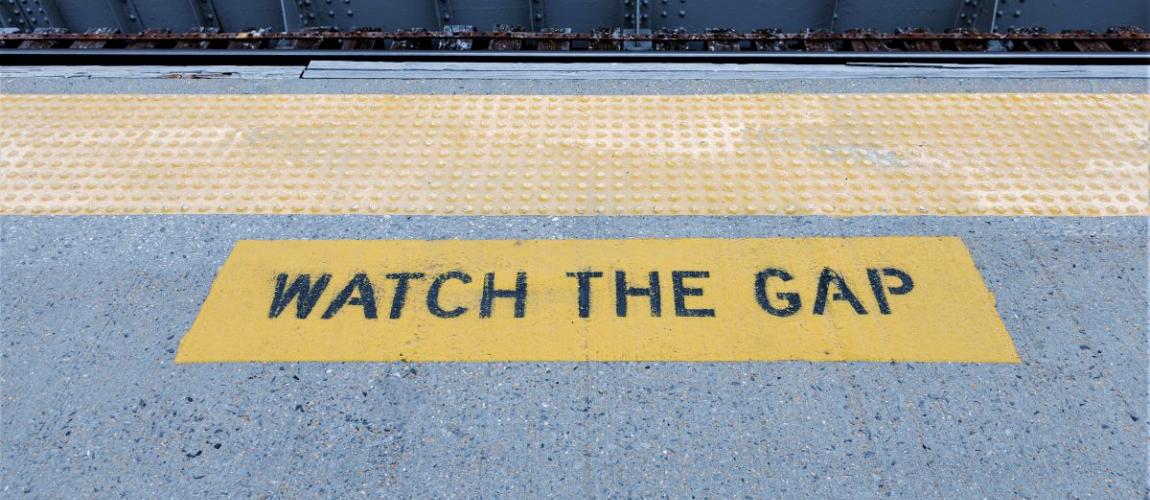Assessing and Mitigating CVC Related Risks

Photo Credit: Image by Freepik
On this page: Find why risks associated with Commercial Value Capture (CVC) should be analysed, assessed and how mitigation measures developed. Read more below, visit the Guidelines on Innovative Revenues for Infrastructure section or check the Content Outline.
If the CVC has high implementation readiness and resources are available to implement CVC, Project Owners should proceed to risk assessment and mitigation. This step is not a substitute for a full risk assessment of the project but should supplement normal project risk assessments and generation of a risk register. General risks which are not specific to CVC (e.g., political risks, force majeure risk, inflation risk, financing term risk, exchange rate risk) are not discussed under these Guidelines.[1] Identify and assess additional risks that can arise from CVC. Table 5 provides an example of how to identify, assess and mitigate CVC related risks. Table 5: Examples of how to identify, assess and mitigate CVC risks Market and demand risk Demand risk from core-services can impact revenue from CVC. For example, if ridership drops, demand for commercial services will also be impacted. The private sector has more expertise to manage commercial risks so this risk should be allocated to them. Contracts should allow the private sector enough flexibility to manage commercial risks, e.g. to carry out promotional activities or upgrade/resize commercial space. Political risk Changes in central or local government policy, or material adverse government actions can impede CVC. Provide clear protection for Project Owner and investors where specified discretionary acts of government cause delays, increase costs or otherwise impede the CVC. Finance risk Investors will bear most financing risk, but some key issues may merit government support, for example exchange rate risk between the currency of debt and currency of revenues. Reflect finance risk based on risk appetite in the commercial structure between government and the private sector. Balance of finance risk will depend on market appetite and the cost of asking investors to bear more finance risk. Design and construction risk Design and construction of all works needs to be delivered on time and to the level of quality required, resulting in a series of risks normally born by the contractor. For example, the private sector may be incentivised to construct commercial component of the project with higher commercial return and delay construction of core service component with lower commercial return. Put in place contractual terms that both components of the contract will need to be developed in parallel. Operational risk Some CVC opportunities such as infrastructure sharing can lead to operational restrictions. For example, sharing telecom infrastructure may limit the types of services the operators can offer as they do not have the right to alter the infrastructure. Review the contractual terms and operational limitations to ensure fair risk and reward for operators. Reflect the risks and mitigation measures in the contractual terms. Footnote 1: For further discussion of risk allocation and mitigation for infrastructure projects, see Delmon, Jeffrey, Private Investment in Infrastructure: Project finance, PPP projects and PPP programs (2021).
Risk
Description
Mitigation Measures
The Guidelines on Innovative Revenues for Infrastructure (IRI) is intended to be a living document and will be reviewed at regular intervals. They have not been prepared with any specific transaction in mind and are meant to serve only as general guidance. It is therefore critical that the Guidelines be reviewed and adapted for specific transactions.
To find more, visit the Innovative Revenues for Infrastructure section and the Content Outline, or Download the Full Report. For feedback on the content of this section of the website or suggestions for links or materials that could be included, please contact the Public-Private Partnership Resource Center at ppp@worldbank.org.
Updated:
TABLE OF CONTENTS
I. Innovative Revenues for Infrastructure (IRI)
2. Introduction to Commercial Value Capture (CVC)
3. Applying CVC in Infrastructure Projects
• Identifying Potential CVC for Projects
• Assessing Readiness of Enabling Environment to Support CVC
• Conducting Technical Assessment of CVC
• Assessing Commercial Feasibility of CVC
• Planning for Implementation of CVC
• Assessing and Mitigating CVC Related Risks
3. Recommendations in Drafting ToRs with CVC
Related Content
Additional Resources
Climate-Smart PPPs
Type of ResourceFinance Structures for PPP
Type of ResourceFinancing and Risk Mitigation
Type of Resource